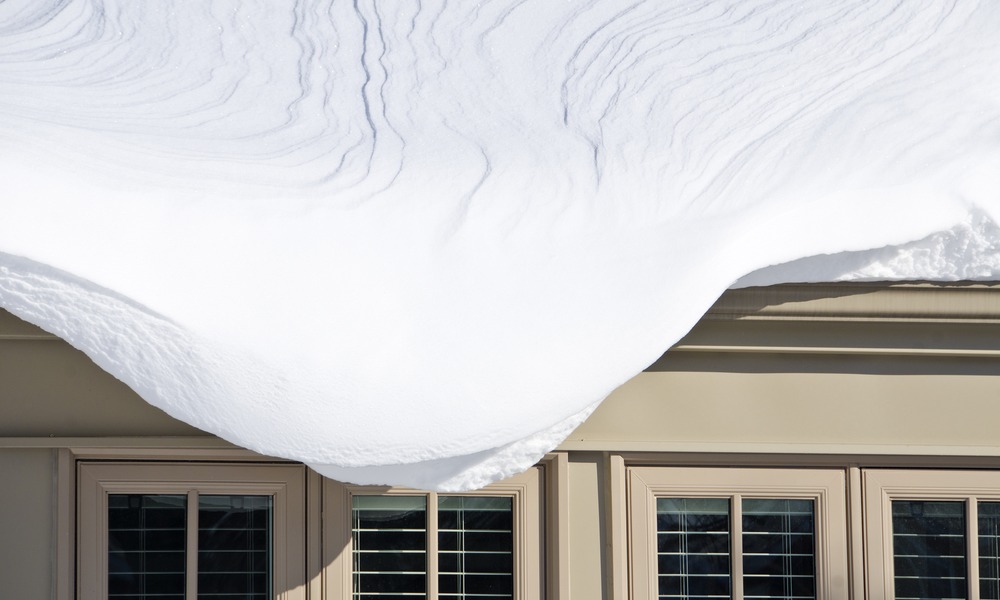This particular winter was fairly cold and snowy for the majority of the country. Apart from the immediate problems that a heavy snowfall can do, there are some that you may not have considered.
For instance, what does the snow do to your house, and more precisely, your roof? Snow is heavy and it has the nasty habit of being sticky, so it won’t normally slide off of your roof like water would. Your roof is built to be strong and sturdy, but every material has its limits, and so does the roof.
After the snow has melted, there can be consequences to your roof which you should see to as soon as possible. The best thing you can do is hire an inspection company like https://theinspectorscompany.com/, but if you feel like it, you can try to assess the damage yourself. Here’s what to pay attention to.
The Gutters
When the snow melts, it has to go somewhere, and it needs the gutters to flow safely away from your house and the foundations. Make sure that your gutters are not full of debris from last year, like dead leaves and branches. However, what’s more important is that your gutters have not bent or sprung a leak as a result of all the snow and ice that inundated it all winter long.
Ice Dams Damage the Flashing
Ice will naturally form in low temperatures, but if it builds up in the wrong places, it can seriously damage your roof. When water freezes into ice, it does something no other substance does – it expands, and if that happens in a place where there is no room for expansion, the damage is imminent.
For instance, if ice builds up around the flashings around your chimney and skylight, it can dislodge or bend them. This leaves your roof unprotected at the seams, so to speak. With the water that forms from the melting snow and ice, you can imagine the amount of damage this can have.
The Weight of the Snow
The more you go to the north, the more concerned you need to be with the weight of the snow on your roof. However, this winter saw snow as south as Texas, some parts of which haven’t seen snow in years or even decades. That means additional stress for the beams and the support structure.
Once the snow is gone, you will have to see if there was any damage. Amateurs aren’t exactly well suited for this task, so you’d better hire professional roof inspectors. However, you may be able to notice the fallout of a damaged roof – your doors may be hard to close because the roof has pressed the whole house down. You may also notice cracks in the walls for the same reason.
The Shingles
The weight of the snow can also cause damage to individual shingles. Depending on their size, material, and thickness, your shingles may not be suited for the amount of snow you get. If you find a lot of cracked or fallen shingles once the snow has melted, perhaps it is time to reconsider the roofing type you opt for.
Leaks
One of the most annoying and most dangerous issues with melting snow is all the water. If your roof is compromised in any way, whether through broken shingles or damaged structure, your roof will have some leaks. Depending on the damage, this can be a minor thing which is easy to repair, or it can be a major problem which will take a long time and a lot of money to sort.
They say that prevention is the best solution to every problem. That’s why you should check your roof before winter starts, but never leave it to chance once the snow has melted, either. Spring is a notoriously rainy season and it’s not a good idea to go into it with a leaky and damaged roof.

